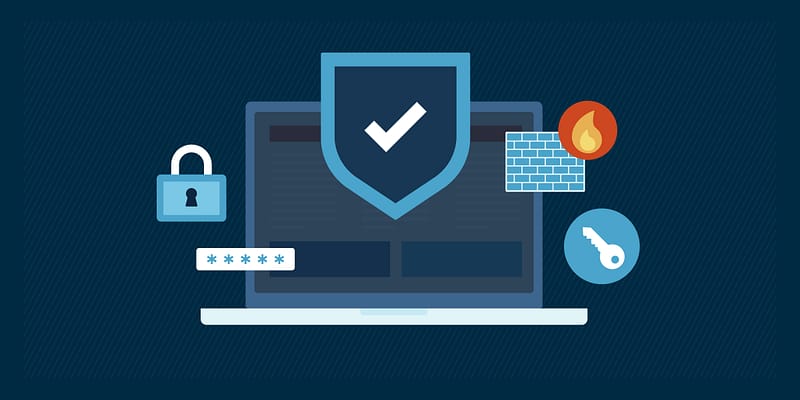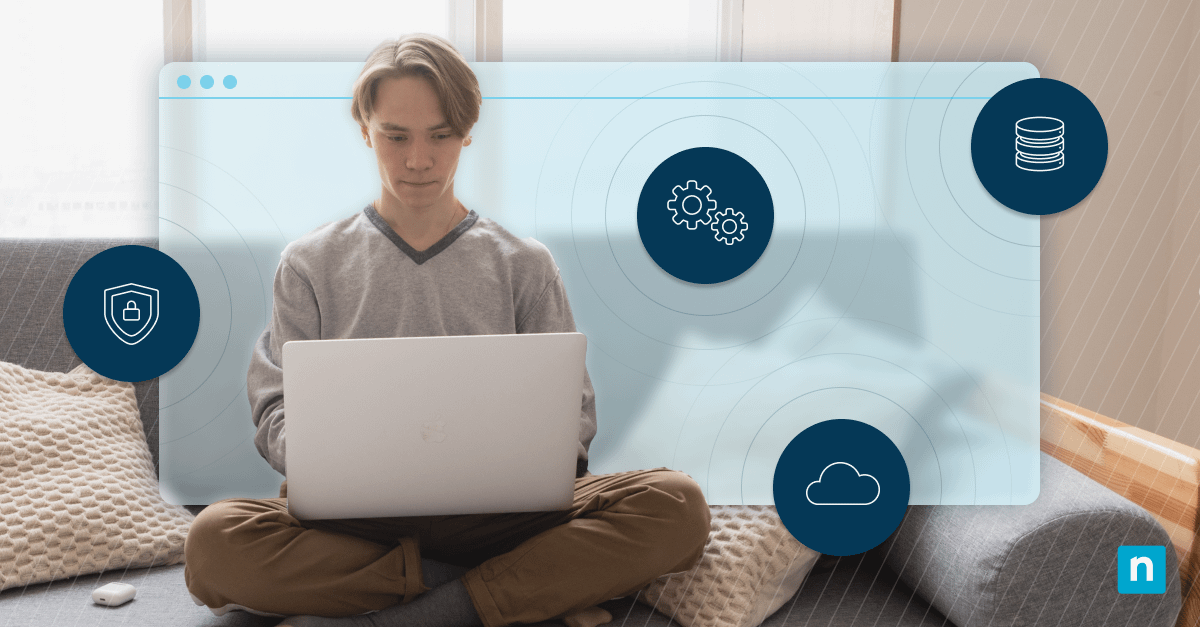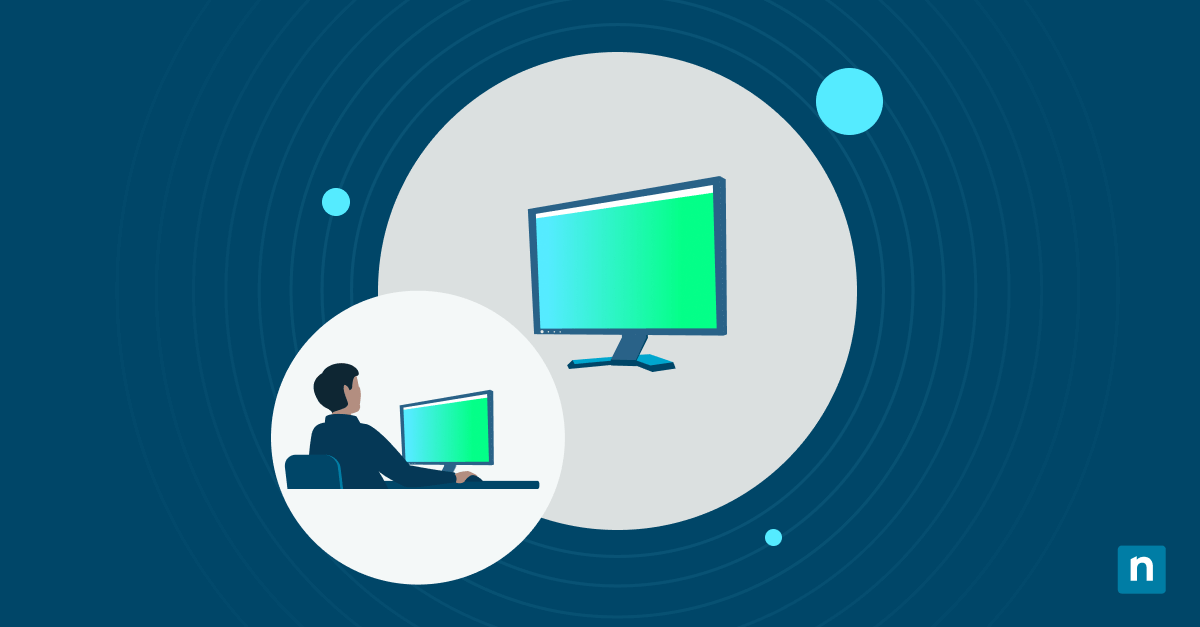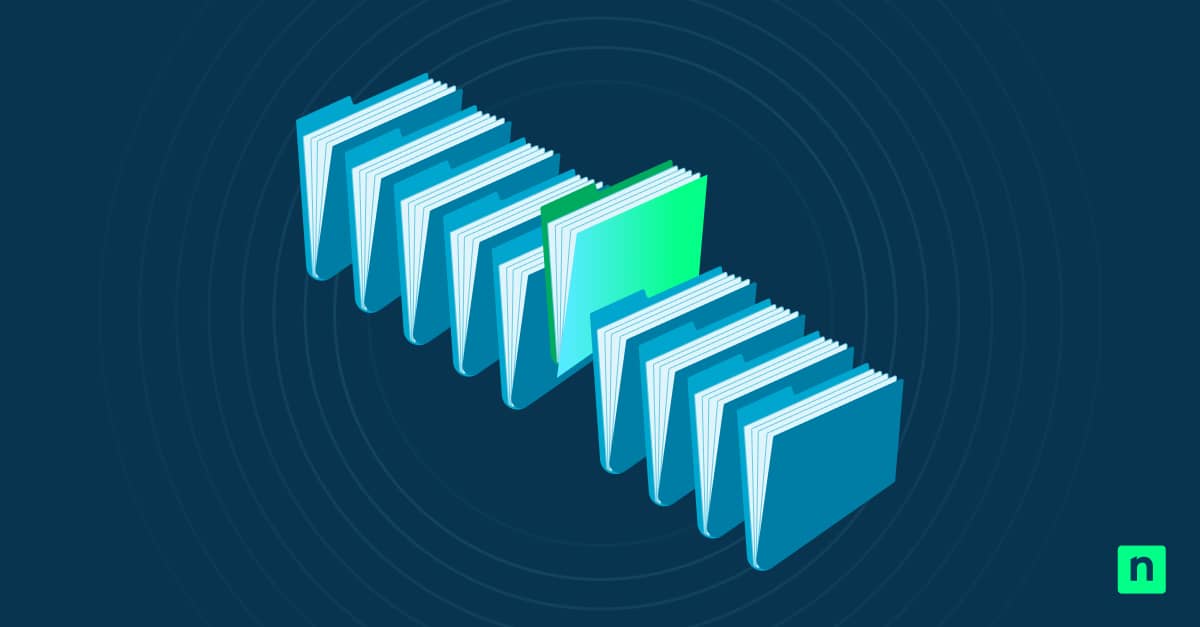As a managed service provider, you know that cyberthreats are increasing in frequency, sophistication, and impact. In recent years, we have seen a dramatic increase in the number of cyber-attacks targeting businesses, governments, and individuals.
This explosion of cyberthreats highlights the need for businesses and individuals to take cybersecurity seriously and implement modernized security measures to protect themselves against these threats.
These modernized threat mitigation measures — often complex by nature — can be difficult for small teams to manage. That’s where Security Orchestration, Automation, and Response (SOAR) can step in to make security more effective while drastically reducing its burden on an MSP or IT team.
For a visual walkthrough of this guide, watch our video on What is SOAR (Security, Orchestration, Automation, and Response)?
What is security orchestration, automation, and response (SOAR)?
Security orchestration, automation, and response (SOAR) is an approach to cybersecurity that combines various security technologies to improve the efficiency and effectiveness of incident response processes.
SOAR platforms typically integrate with a wide range of security tools, such as security information and event management (SIEM) systems, intrusion detection and prevention systems (IDPS), and endpoint detection and response (EDR) solutions. SOAR platforms can also use machine learning and artificial intelligence to identify and respond to security threats more quickly and accurately.
SOAR platforms provide a centralized location for managing incident response activities and tracking the progress of response efforts. They can also help organizations to comply with regulatory requirements by providing documentation and audit trails of incident response activities. Overall, SOAR technologies help organizations to improve their incident response capabilities, reducing the risk of data breaches and other security incidents.
What is SIEM and how does it relate to SOAR?
SIEM (Security Information and Event Management) is a type of security software that provides real-time monitoring, correlation, and analysis of security-related events across an organization’s network.
SIEM systems collect data from various sources such as logs, network devices, servers, applications, and security appliances. The system then normalizes and aggregates the data to provide a single view of security-related events across the network. This allows security analysts to identify and respond to security incidents quickly and effectively.
SOAR vs. SIEM
While SIEM and SOAR technologies share some similarities, they serve different purposes. SIEM is focused on real-time monitoring, correlation, and analysis of security events, while SOAR is focused on automating and orchestrating incident response workflows to improve the efficiency and effectiveness of security operations. Both technologies can be used together to provide a comprehensive security strategy, with SIEM providing real-time monitoring and alerting, and SOAR providing automated incident response and management capabilities.
As outlined above, SIEM is a security technology that collects and aggregates data from various sources to provide alerts and notifications to security analysts when potential security incidents are detected.
SOAR, on the other hand, is a security technology that provides a framework for integrating security tools, automating security processes, and orchestrating security workflows to enable faster and more efficient incident response. SOAR platforms typically include a combination of automation, orchestration, and case management capabilities that help security teams to manage and respond to security incidents more effectively.
The key elements of security orchestration, automation, and response (SOAR)
Security automation is the process of using technology to automate security tasks and processes. It involves using tools and platforms to streamline security operations, reduce manual effort, and improve the overall efficiency and effectiveness of security operations.
Security automation can be applied to a range of security tasks and processes, including:
- Vulnerability management: Security automation can be used to automate vulnerability scanning, assessment, and remediation tasks, reducing the time and effort required to identify and remediate vulnerabilities.
- Threat detection and response: Security automation can be used to automate threat detection and response tasks, such as the identification of suspicious activity or the isolation of infected devices.
- Incident response: Security automation can be used to automate incident response workflows, such as the notification of stakeholders, the collection of evidence, and the containment of incidents.
- Compliance management: Security automation can be used to automate compliance management tasks, such as the monitoring and reporting of compliance status.
Security orchestration is the process of integrating different security technologies and tools to improve the efficiency and effectiveness of security operations. Security orchestration involves automating and streamlining security workflows to enable faster and more effective incident response.
In a security orchestration environment, different security tools are connected and integrated to create a centralized security ecosystem. This ecosystem includes a range of security technologies such as SIEM, firewalls, intrusion detection systems, threat intelligence platforms, and vulnerability scanners. Security orchestration platforms provide a framework for integrating these tools and automating security workflows to enable faster and more efficient incident response.
Some of the benefits of security orchestration include:
- Faster incident response: Security orchestration enables security teams to respond to incidents more quickly by automating incident response workflows and reducing the time required to identify and remediate security incidents.
- Improved collaboration: Security orchestration platforms provide a centralized view of security operations, enabling different teams to collaborate more effectively and share information more easily.
- Enhanced visibility: Security orchestration provides a comprehensive view of security events and incidents across an organization’s network, enabling security teams to detect and respond to threats more effectively.
- Reduced manual tasks: Security orchestration automates manual tasks, reducing the workload on security teams and enabling them to focus on more complex tasks.
Centralized intelligence is a crucial aspect of SOAR tools, as it enables security teams to collect and analyze security data from multiple sources, including security appliances, endpoint security tools, threat intelligence feeds, and SIEM platforms. This data can then be analyzed and correlated to identify potential security incidents and prioritize response activities.
Centralized intelligence also allows security teams to automate incident response workflows, such as the identification and containment of security incidents. By integrating with various security tools and data sources, SOAR platforms can provide automated responses to security incidents, such as the isolation of infected devices, the blocking of malicious traffic, and the collection of forensic data.
The ability to centralize intelligence and integrate with various security tools is a key benefit of SOAR platforms. It enables security teams to improve the efficiency and effectiveness of their security operations by providing a unified view of security threats and incidents, automating routine security tasks, and enabling faster response times.
Why your MSP should use a SOAR platform
Using a SOAR platform can give your MSP or MSSP many operational advantages. Here are some of the key benefits you’ll see when using a SOAR platform:
Faster incident response: Your security team can respond to incidents more quickly by automating incident response workflows and reducing the time required to identify and remediate security incidents.
Increased efficiency: Automate routine security tasks, reducing the workload on security teams and enabling them to focus on more complex tasks.
Improved accuracy: Reduce the potential for human error by automating repetitive security tasks and enforcing consistent security procedures.
Enhanced collaboration: Gain a centralized view of security operations, enabling different teams to collaborate more effectively and share information more easily.
Better threat intelligence: Integrate with threat intelligence feeds and other security tools to provide a more comprehensive view of security threats and enable faster and more effective response.
Increased scalability: Scale your MSP security operations to meet the needs of a changing threat landscape and growing portfolio.
Partnering with NinjaOne
NinjaOne offers integrations with various SOAR platforms including Splunk Phantom, Siemplify, and Swimlane. Thanks to an open API, our RMM tool integrates with many third-party security and IT tools to enable security teams to streamline their security operations and automate incident response.
The integration between NinjaOne and SOAR platforms allows security teams to centralize security operations, gain better visibility into their security posture, and respond more quickly to security incidents. By combining the capabilities of a cutting-edge RMM tool and a SOAR platform, MSPs and enterprises can improve their security operations, reduce manual effort, and better protect against cyber threats.
This is just one reason why thousands of users rely on our cutting-edge RMM platform to navigate the complexities of modern IT management.
Not a Ninja partner yet? We still want to help you streamline your managed services operation! Visit our blog for MSP resources and helpful guides, sign up for Bento to get important guidance in your inbox, and attend our Live Chats for one-on-one discussions with channel experts.
If you’re ready to become a NinjaOne partner, schedule a demo or start your 14-day trial to see why thousands of users have turned to Ninja.







